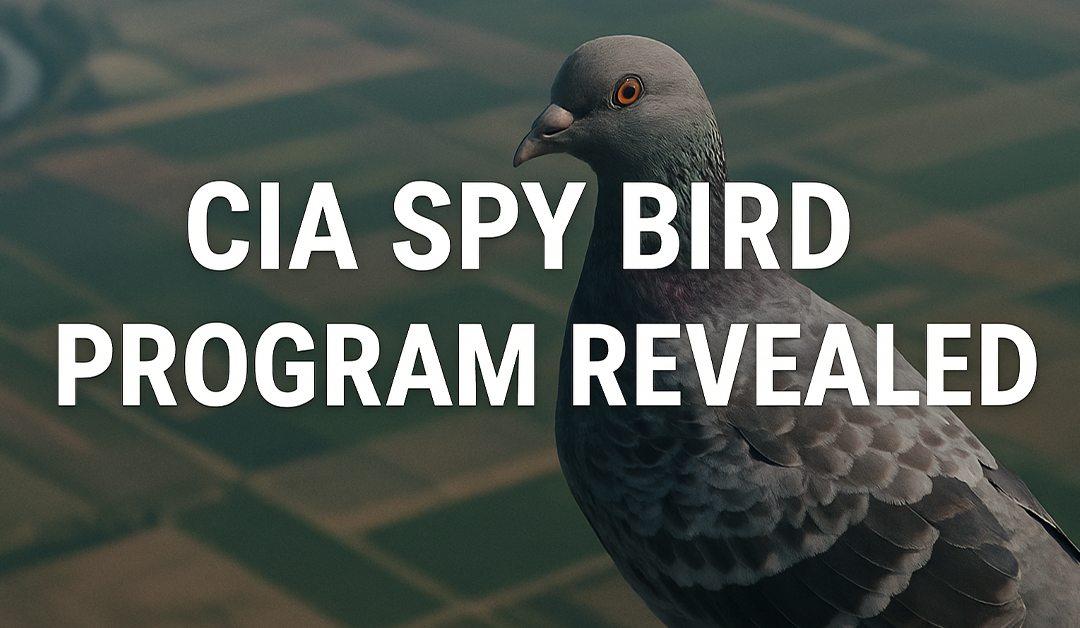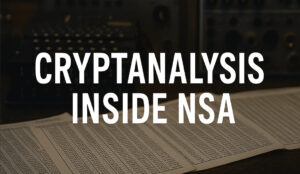A lengthy Cold War-era manual titled "Operators Manual: Avian Deployment" and catalogued as DOC_15687556 provides a detailed look at how the CIA trained and used birds for intelligence operations, including surveillance, payload delivery, and covert communication.
The document, now declassified, outlines procedures, equipment specs, species selection, flight training, and even bird psychology-treating avian agents as deployable tools in the larger espionage network.
It offers a rare view into a program that sounds like science fiction-but was built, tested, and flown in real missions.
🕊️ Training a Spy Bird
The manual includes procedures for:
-
Conditioning birds to return on command
-
Programming flight paths using visual and magnetic cues
-
Limiting exposure to handlers to prevent imprinting
-
Simulating urban and battlefield environments
Specific species were chosen based on mission parameters. Pigeons, ravens, and crows were favored for urban surveillance. Raptors like falcons and hawks were tested for high-altitude or more aggressive retrieval missions.
One section explains the psychological conditioning process in detail-reward-based training tied to visual beacons and scent markers. Birds were conditioned to recognize targets like vehicle types, buildings, or specific uniforms.
🧳 Payloads and Mission Gear
Birds were outfitted with miniature gear, including:
-
Micro-cameras strapped to chest harnesses
-
Lightweight radio transmitters
-
Timed-release capsule mechanisms
-
Anti-predation decoys and false plumage inserts
The equipment was designed to blend into feathers and minimize drag. Camera units used wide-angle lenses and captured multiple frames per second, designed to snap images at specific intervals during flight over a target zone.
Weight limits were tightly controlled-anything over 50 grams reduced mission reliability.
🕵️ Tactical Use Cases
According to the manual, avian deployments were suited for:
-
Overflight surveillance in denied airspace
-
Silent observation of gatherings
-
Small-object delivery across borders or perimeters
-
Short-range communication relay in blackout conditions
Examples of documented or simulated missions include:
-
Deployment near embassy compounds to photograph security layouts
-
Bird drops over military staging grounds in Eastern Europe
-
Courier tasks involving coded message tubes
A section on "mission reliability" notes that weather, predator risk, and unexpected environmental changes were the most common causes of failure-but success rates improved significantly with pre-scouting and acclimatization.
🧾 Heavily Controlled, Quietly Retired
Despite its thoroughness, the manual offers no operational timelines, no names, and no mention of outcomes from specific missions.
But its level of detail-combined with its classification-suggests the program was real, funded, and likely fielded, even if only experimentally.
As drone technology advanced, many of the document’s outlined uses were likely transferred to unmanned systems.
But this manual remains a fascinating artifact of a time when nature was harnessed for espionage.






